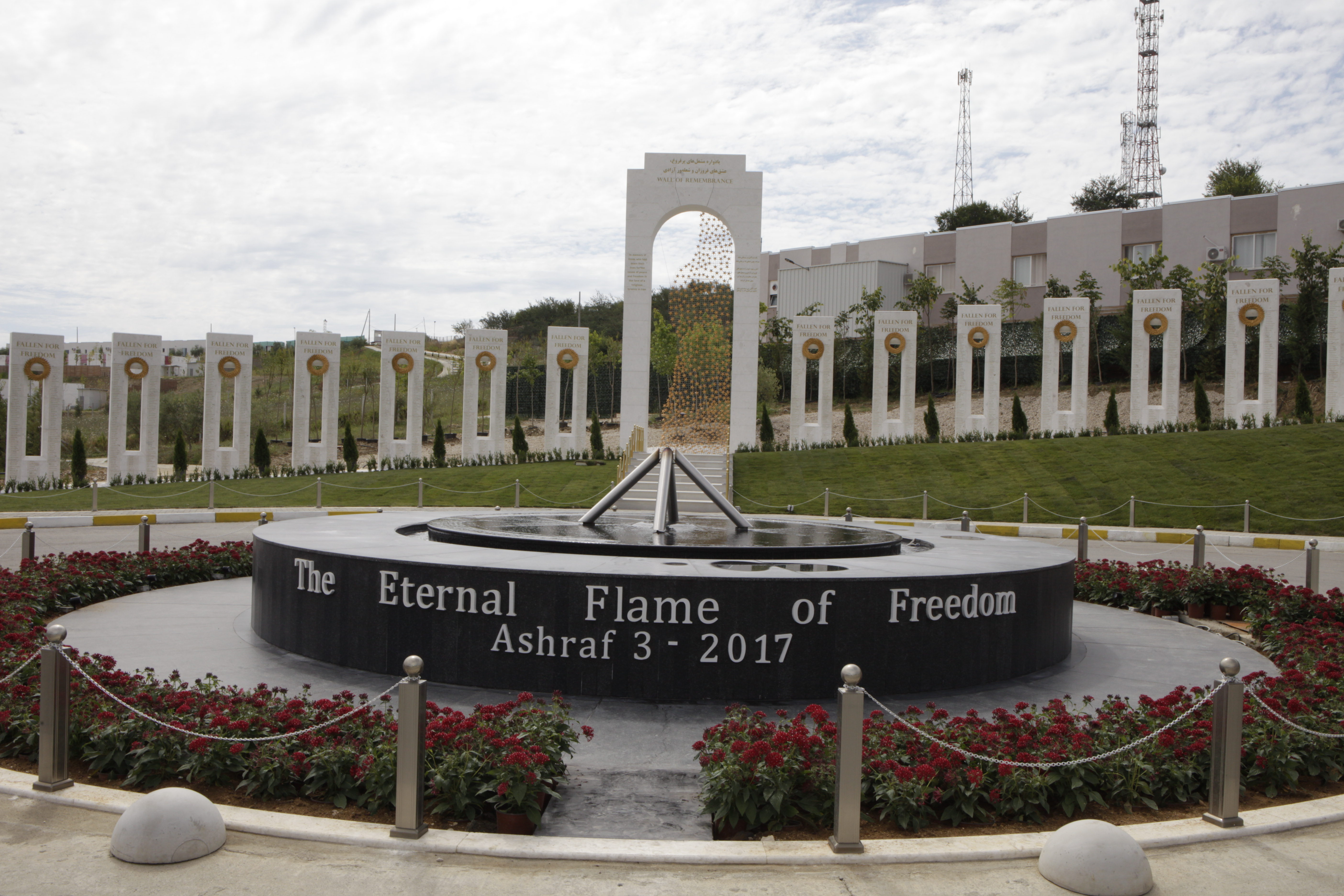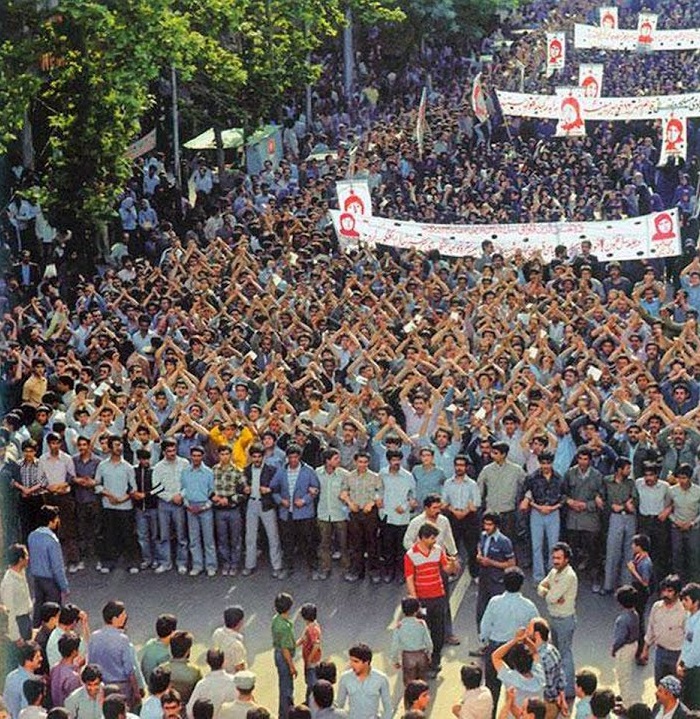
The Martyrs Monument in Ashraf 3, the main headquarter of the MEK in Albania, marks the memory tens of thousands of MEK fallen heroes and heroines, who lost their lives to the dictatorship ruling Iran, standing for freedom and democracy in Iran.
Recently, contrary to decades of silence, inevitably, the Iranian regime is admitting the growing popularity and influence of the People’s Mojahedin Organization of Iran (MEK / PMOI), particularly amongst the youth.

The “Mothers” demonstration, on May 2, 1981, when over 200,000 supporters of the MEK, took it to the streets of Tehran to protest the killing of 2 teenage girls (MEK supporters), who were shot dead for distributing information behind a stand in one of the streets in Mazandaran.
“Due to deep negligence of officials in culture and cyberspace field, MEK has penetrated deeply into our homes and their impact is being felt; this is one in a hundred problems we face in disorderly cyberspace in Iran.” Kayhan, known as the mouthpiece of the regime’s Supreme Leader, Ali Khamenei, expressed fear of MEK’s popularity among the youth and added, “MEK easily parade in cyberspace and can promote their thoughts and influence the minds of our youth and teenagers… Just 1,500 of their units are promoting MEK’s ideas to the public round the clock.”
#IRGC Commander: Second is the danger of #MEK infiltration inside the regime, which is the main obstacle in confronting them.”
Read more here:https://t.co/EC7i7g9XNr #FreeIran #WeSupportMEK @USAdarFarsi pic.twitter.com/C7Sm71qQJu— MEK Iran (Mujahedin-e Khalq) (@MEK_Iran) August 14, 2019
Kayhan projected the Iranian regime’s fraudulent activities on social media, that has led to the closure of thousands of its fake accounts, and whose focus was on emanating disinformation on the MEK, on the MEK itself and accused it of using fake accounts as it usually does to deflect attention to its malign activities. It also complained that the “Telegram” messenger app and other social media platforms are “magnifying” MEK’s messages. It wrote, “MEK’s influence is greater than the state-run media… Support by messaging platforms and social media for the context of MEK’s messages have made this situation even worse… social media and the messaging platforms magnify MEK’s activities.”
The paper implicitly called for repressive and filtering measures to impose new limitations on Iranians free access to the Internet and wrote, “If we had the technology and boosted our domestic messaging apps, we wouldn’t need to depend on our enemies so that the well-known terrorists can contact our children.”
The Iranian regime has relied on censorship and Internet filtering to counter the MEK’s popularity, particularly among the youth.
The unrestricted use of the Internet and social media has become a serious challenge to the mullahs’ regime. The availability of encrypted messaging applications has given the Iranian people the ability to bypass regime filtering to share news and information.

Internet access is filtered in Iran under the ruling religious dictatorship
As the Iranian people lack any faith in state-run media, they increasingly turn to the Internet and social media networks for information. Over the past year, the MEK has successfully leveraged social media to organize protests and spotlight the regime’s corruption, among other measures. This has helped foster the growth of the protest movement within Iran and has caused panic among the mullahs, who fear widespread rebellion and the ultimate overthrow of the regime.
